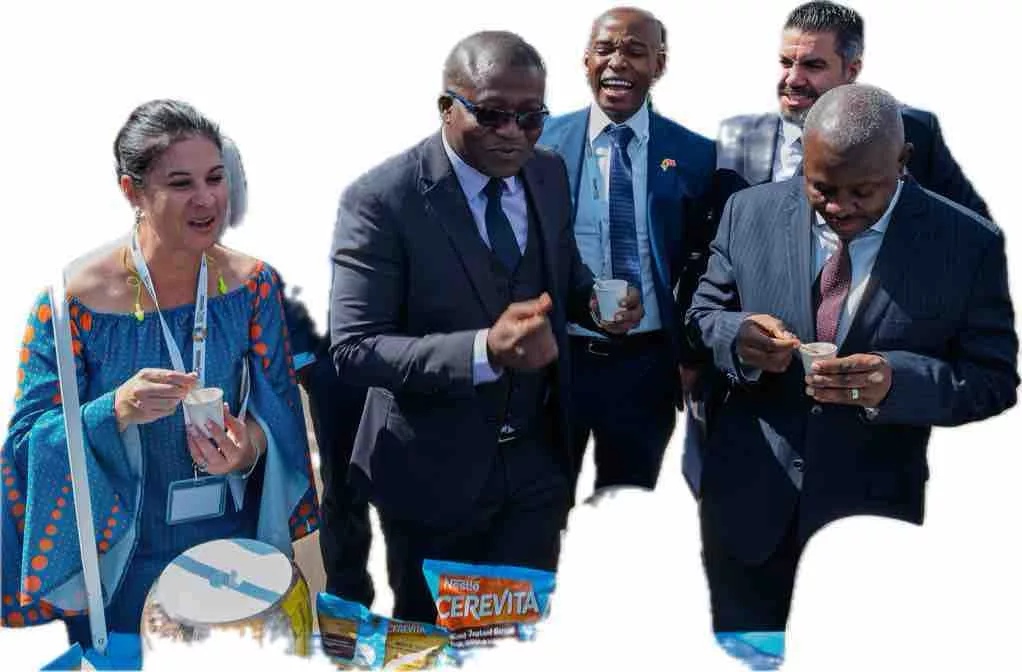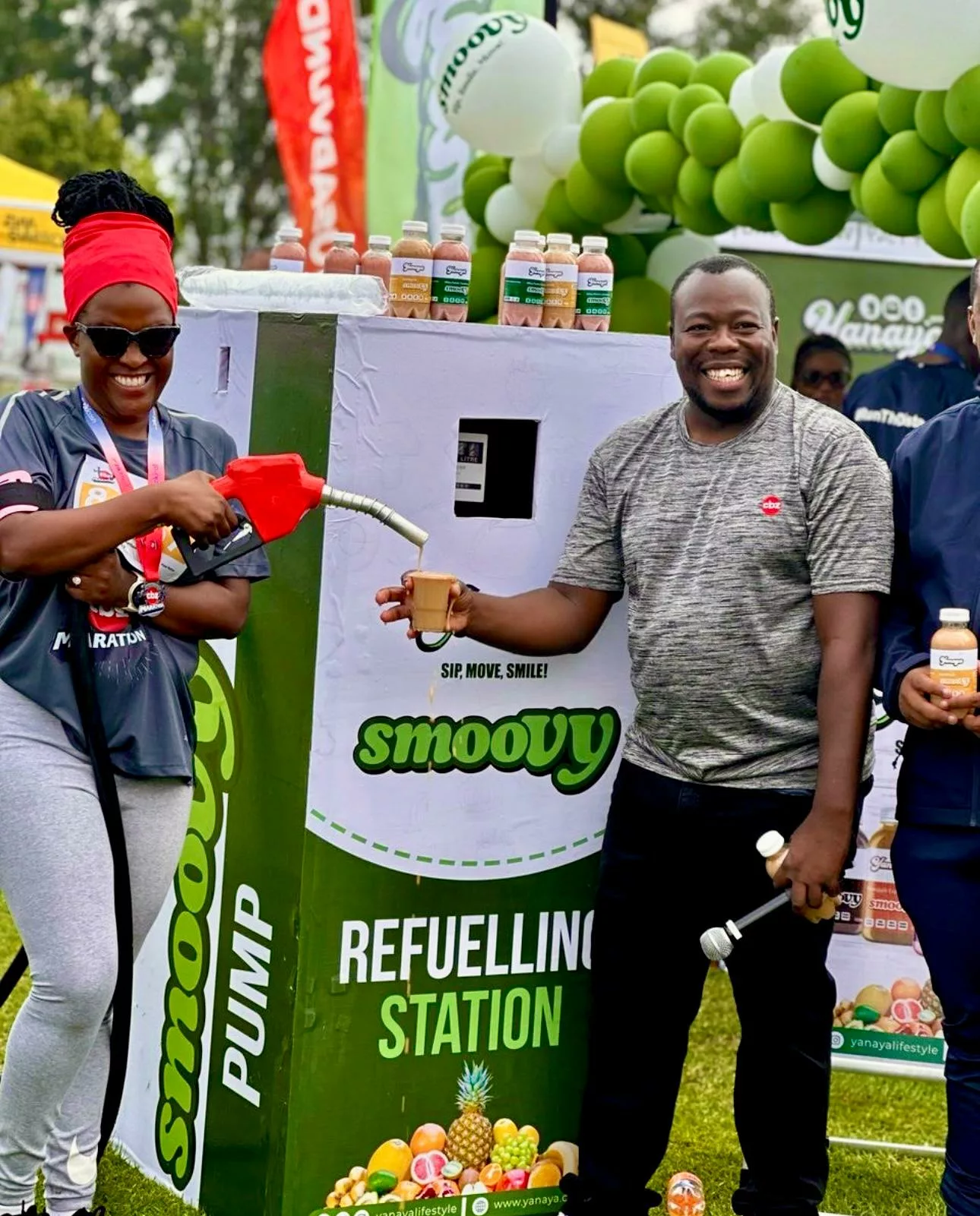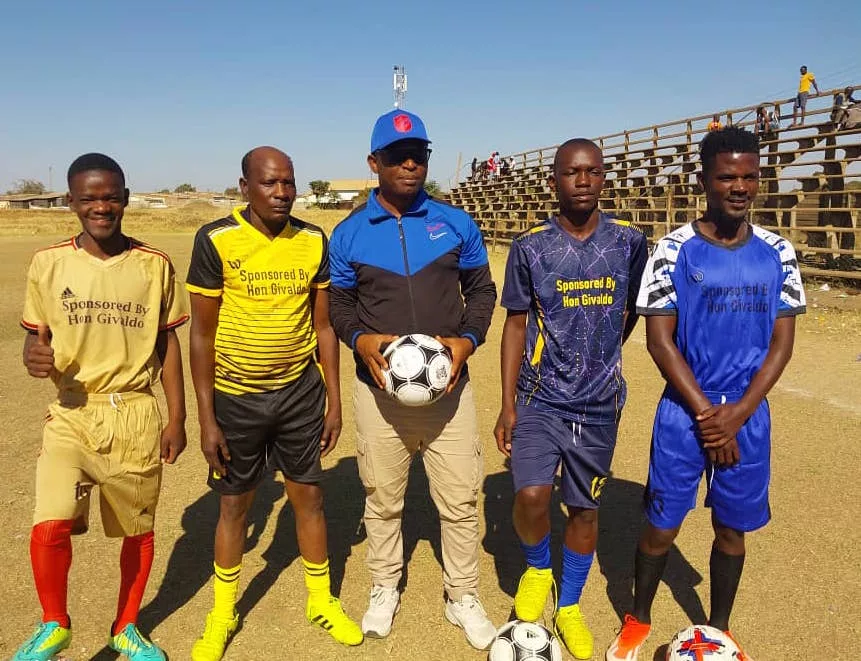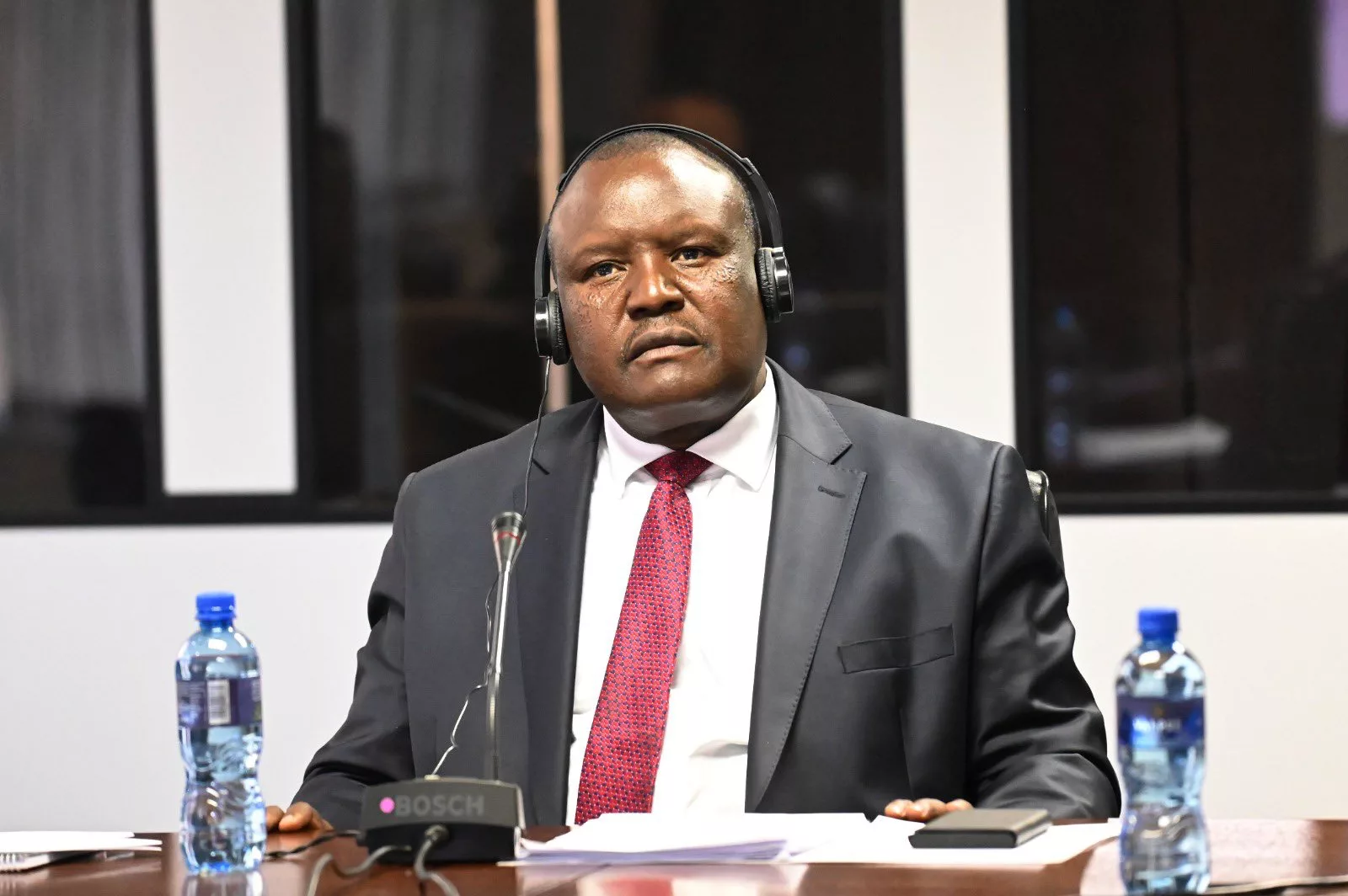|
Getting your Trinity Audio player ready...
|
By Charles Dhewa
A very important step in decolonizing African food systems is re-defining and contextualizing the meaning of a gene bank. The conventional scientific notion of a gene bank[1] as a type of bio-repository that preserves genetic material ignores the socio-cultural dimension of genetic material.
For instance, scientific gene banks for plants are built through vitro storage, freezing cuttings from the plant, or stocking the seeds into a seed bank. For animals, it is done by freezing sperm and eggs in zoological freezers until further need. All these processes do not take into account the role of people, communities, microclimates, and culture in managing and preserving genetics.
The socio-cultural dimension of genetic material should be upheld
Countries and global institutions like the International Crops Research Institute for the Semi-Arid Tropics (ICRISAT) have collected seed and plant germplasm from local communities to build national and international gene banks. However, once genetic material is harvested, local communities and indigenous knowledge play no further part in the life of what is put in gene banks. Yet seed and livestock are part of community life and each community gives unique meaning to genetic material. The way farmers deal with small grains in Casamance region of Senegal might be different from how farmers in the Lupane district of Zimbabwe make sense of the same grains due to different socio-economic and cultural aspects that are an integral part of local food systems and indigenous knowledge.
An indigenous gene bank that benefits the majority can be seen in mass food markets and seed fairs which have become good at bringing diverse genetic material from diverse parts of each country. Mass food markets and seed fairs have characteristics that typify indigenous knowledge and ecosystems. Such characteristics include no barriers to participation based on gender, age, political affiliation, educational level, income status, and other elements that often exclude some people and communities from participating in programs introduced by formal seed companies and some development organizations which only target a few beneficiaries. For instance, some conventional development interventions exclude men by setting up women-only projects. Some use age to exclude old people by setting up projects for youths only.
In spite of being unrecognized and undocumented, African mass food markets and seed fairs have become hubs for knowledge that is critical in sustaining food, genetic material and nutrition in most African countries as well as contributing to economic development. In as much as seed companies and development interventions are appreciated, lack of coordination among actors and reluctance to recognize indigenous knowledge remains a challenge. There is also no interest to know how communities rebuild their local gene banks following shocks like droughts and floods that often destroy the local genetic base. Without understanding the level at which communities should be self-sustaining, most African countries promote dependence on imported genetic material when local communities are rich with indigenous genetic material based on local contextual knowledge.
[email protected]
Website: www.emkambo.co.zw / www.knowledgetransafrica.com
Mobile: 0772 137 717/ 0774 430 309/ 0712 737 430






